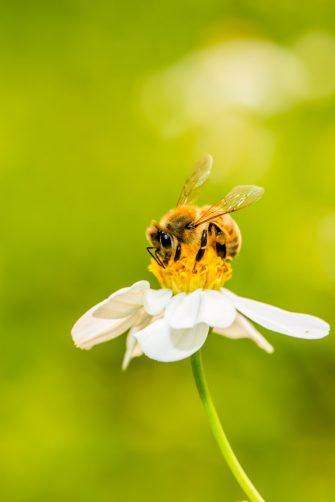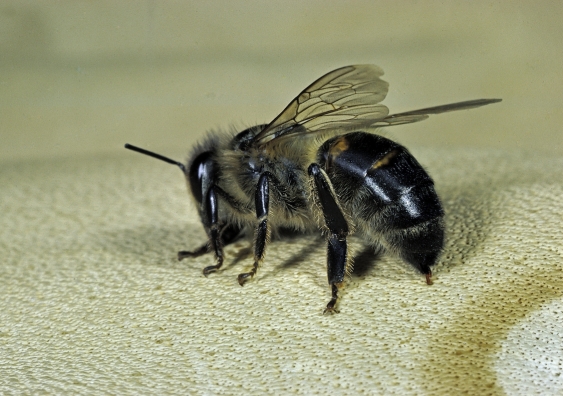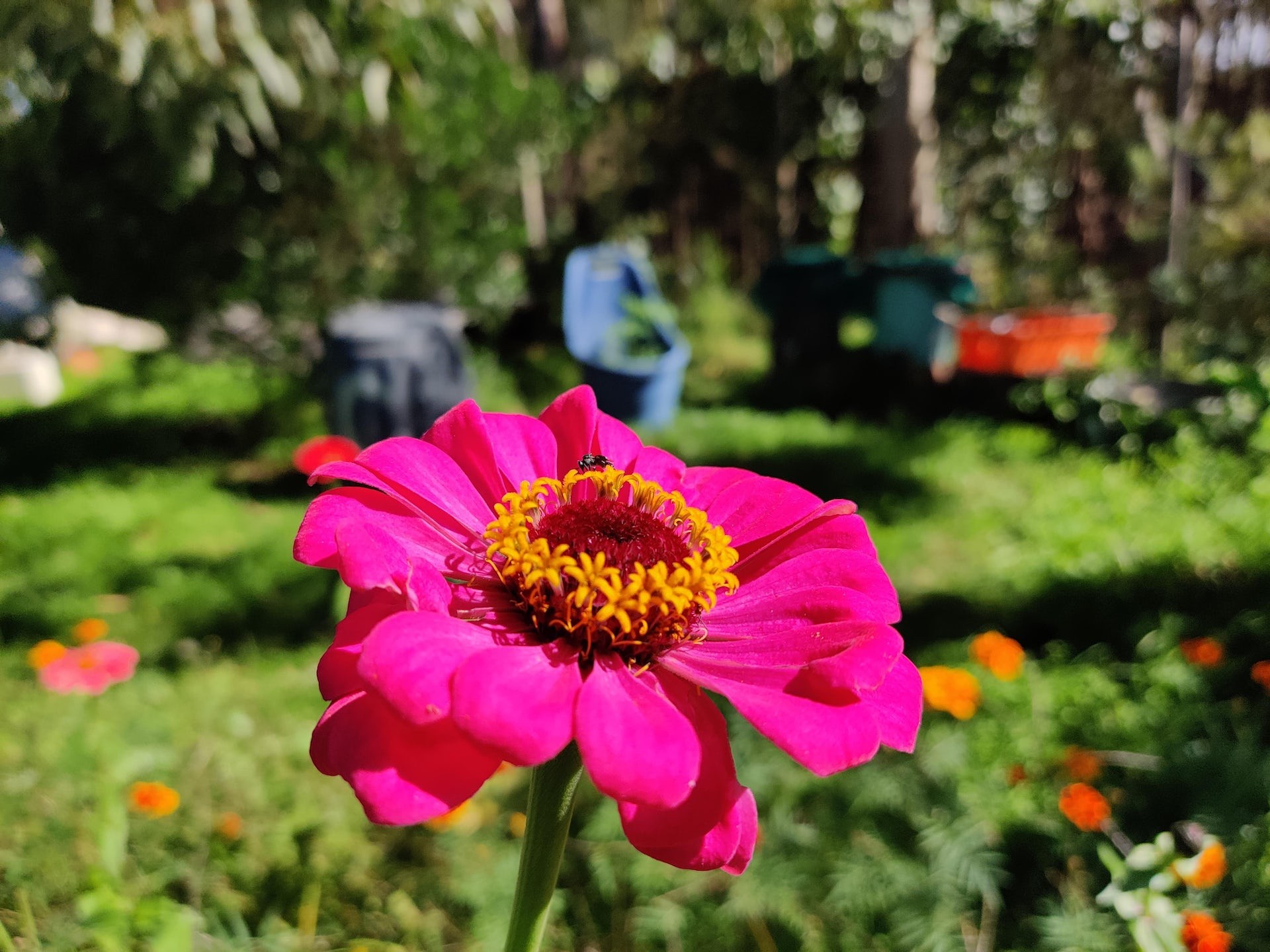Research into the unique properties of insect wings is driving the development of new micro drones, and it could lead to swarms of ‘robobees’ that artificially pollinate plants.
From the remarkable flight of the bumblebee, which challenges traditional aerodynamic theories, to the intricate wing structures of various insects, there is much to be learned from these tiny creatures – especially when it comes to the development of next generation “micro drones”.
Dr Shantanu Bhat at UNSW Canberra is at the forefront of investigating the aerodynamics of insect wings to identify the most efficient designs for enhancing drone flight capabilities.
“Micro drones are small robotic flyers measuring no more than a few centimetres in length and could be useful in surveillance, weather monitoring, or even addressing the challenges posed by the declining bee population with the possibility 'robobees' could be used to artificially pollinate plants,” Dr Bhat said.
“A micro drone might also be useful for flying in low-density Martian atmosphere to explore the conditions on its surface and to provide aerial assistance for rovers.
Media enquiries
For enquiries about this story and to arrange interviews, please contact Libby Roberts.
Tel: +61 404 917 377
Email: libby.roberts@unsw.edu.au
“Before all this becomes a reality, the challenge we face is that insects and micro drones experience highly unstable flight because of their small size – as the size of a flying object decreases, its ability to maintain a stable position or continuous motion also decreases. In physics, we call this ‘inertia’.
“Due to their negligible inertia, small insects and micro drones require a rapid flapping-wing mechanism to generate extra lift and achieve stability.”
According to traditional aerodynamic theory, a bumblebee shouldn’t be able to fly due to its small wings and relatively large body. But bumblebees do fly, creating what’s known as the ‘bumblebee paradox’.
“While birds generate lift primarily during their downstroke, insects need a continuous generation of lift to stabilise their flight. Insects achieve this by employing quite peculiar and different flapping motions,” Dr Bhat said.
“Insects flap their wings forward and backward, maintaining a large wing angle. During every half-stroke the wings push air downward, generating lift. At the end of every forward or backward half-stroke, the wings flip and face backward such that they are able to generate lift in both half-strokes.”
Drawing inspiration from insect wings, Dr Bhat has found a stubby, low-aspect ratio wing to be the best design for efficient flight of a microdrone, while larger drones, measuring a few centimetres, allow variations of the wing design over a wider range of aspect ratios to achieve the similar performance.
“Nature also reflects a similar diversity in wing shapes – smaller insects like fruit flies have short, stubby wings, whereas larger insects like mosquitoes, honeybees, and dragonflies exhibit a wider range of aspect ratios from stubby to long and slender wings,” Dr Bhat said.
“The actual wing shapes of these insects are also influenced by other factors like structural strength, body length, and evolutionary considerations.”
Flapping-wing microdrones have yet to achieve commercial success because they are easily destabilised by even minor atmospheric turbulence. Dr. Bhat's next goal is to study the performance of flapping wings in turbulent conditions and devise strategies to mitigate turbulence and control flight to achieve stability.
He is also exploring the application of flapping wings in amphibian robots, enabling them to swim underwater and take off into the air upon reaching the surface.








